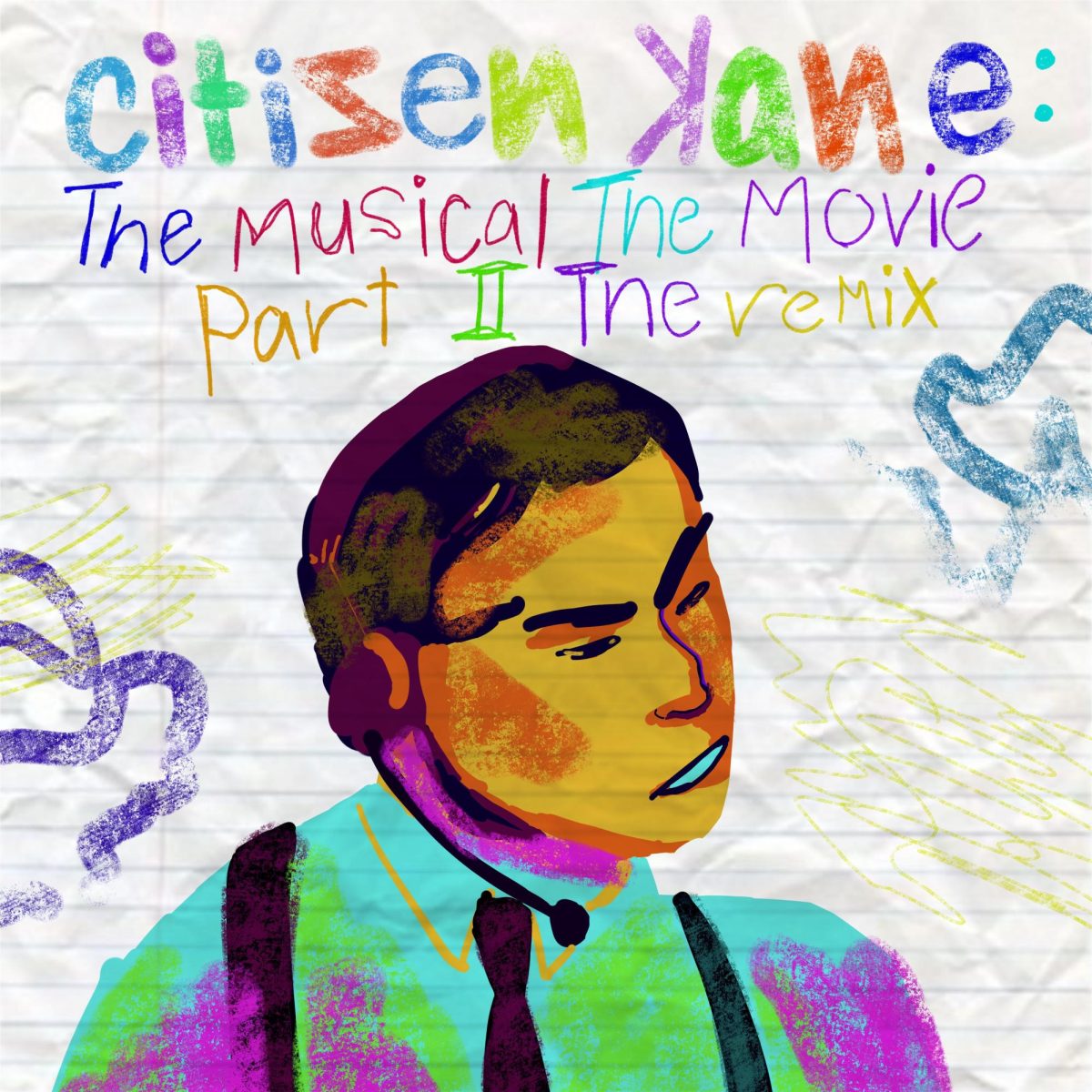By Eva Bugnaski
 For some individuals, the best thing about rules is breaking them. This mentality seems to apply to 18-20 year olds all over the United States as they reach for their illegally-acquired alcohol. Since 1986, the national legal drinking age has been 21, with some states experimenting with raising and lowering it since. However, this restricted drinking age has only lead to more extreme alcohol use.
For some individuals, the best thing about rules is breaking them. This mentality seems to apply to 18-20 year olds all over the United States as they reach for their illegally-acquired alcohol. Since 1986, the national legal drinking age has been 21, with some states experimenting with raising and lowering it since. However, this restricted drinking age has only lead to more extreme alcohol use.
Most college students can drive, vote, join the military and smoke cigarettes, yet drinking alcohol with friends, co-workers, or family remains illegal. This unnecessary restriction does not stop young adults from indulging in the act.
The majority of college students frequently drink wine, beer and hard liquor. According to the National Institute on Alcohol Abuse and Alcoholism, nearly 60 percent of college students claimed they drank alcohol in the past month, and this alcohol use is almost never controlled.
The restrictions on the drinking age have not prevented individuals from consuming alcohol, instead, it has increased the amount of unsafe alcohol use, such as binge drinking.
This same institute defines binge drinking as, “a pattern of drinking that brings blood alcohol concentration (BAC) levels to 0.08 g/dL [Grams Per Decilitre]. This typically occurs after 4 drinks for women and 5 drinks for men—in about 2 hours.”
Due to the taboo of young adult alcohol consumption in the United States, people between the age of 18 and 20 feel a thrill in breaking federal law to become intoxicated. A young adult breaking the law will certainly feel rebellious and “cool” as they swig their alcohol.
With this attitude, the overall drinking culture in the United States revolves around the goal of being drunk, meanwhile various European cultures address alcohol as a delicacy used for outings, events, or family time.
Being in Europe offers an entirely new dynamic in regards to alcohol. When I visit my family in Germany every-other summer, alcohol is seen as a treat. The substance is respected, making alcohol use especially careful.
I recall my “Opa’s” (Grandpa’s) fancy birthday dinner in Koblenz, Germany, where I was first offered alcohol. The server asked the entire family—including my 13 year-old self, if we wanted a shot at the close of the meal. I was allowed to accept this offer along with the rest of the dinner party. I saw that rather than consuming alcohol to become intoxicated, Europeans view drinking as something to do in moderation. This moment showed the immense difference between American and European drinking cultures.
In their “Our World in Data: Alcohol Consumption” article, Hannah Ritchie and Max Roser reveal that 24.5 percent of American individuals 15 years or older had binge drinking sessions in the span of 30 days. This contrasts dramatically with Germany’s 15.6 percent and Italy’s 6.2 percent.
Though Germany’s legal drinking age is 16 and Italy’s is 18, their percentages of heavy drinking are significantly lower. When young adults are allowed to consume alcohol within a controlled environment, countries report safer habits than the United States.
Some may argue that the high drinking age serves as prevention for drunk driving accidents, yet it has the opposite effect. Breaking the law has been shown to lead to additionally dangerous behavior such as drunk driving. The “Global status report on road safety 2015,” reveals that countries with drinking ages lower than 21 report fewer automobile accidents as a result of drunkenness.
They report that 31 percent of automobile accidents in the United States are due to alcohol, while in Germany the percentage is only 9, and in France the percent is only 21. This reveals that, again, the reasons for a high age restriction on alcohol may be truly counterintuitive.
The high drinking age in the United States only leads to more violation of the law, often in a quite hazardous manner. Comparative statistics reveal that lowering the age restriction on alcohol consumption may actually lead to less risky use.
For individuals restricted by the law, the rule exists simply to be broken.
Categories:
Alcohol Restrictions Lead to More Dangerous Consumption
December 12, 2018
0
More to Discover







